When I returned to photography as a hobby after a fifteen year lay-off, my newly acquired camera was digital; it never occurred to me to look into film again. I did lots of research into a possible DSLR, second hand of course, and initially decided on Olympus Evolt. But every E-1, E-5, E-30 etc was just too expensive and in the end I settled on a Fuji S2-Pro, a camera hailing from 2002.
Now, this is an interesting camera that was built on the chassis of a Nikon F80/N80 and is a reflection of a time in DSLR development when manufacturers sometimes shared ideas and technology (think also Kodak DCS). Basically, a superb third generation Fuji sensor in a classic Nikon body. A harmonious Fuji Nikon marriage, if you like.
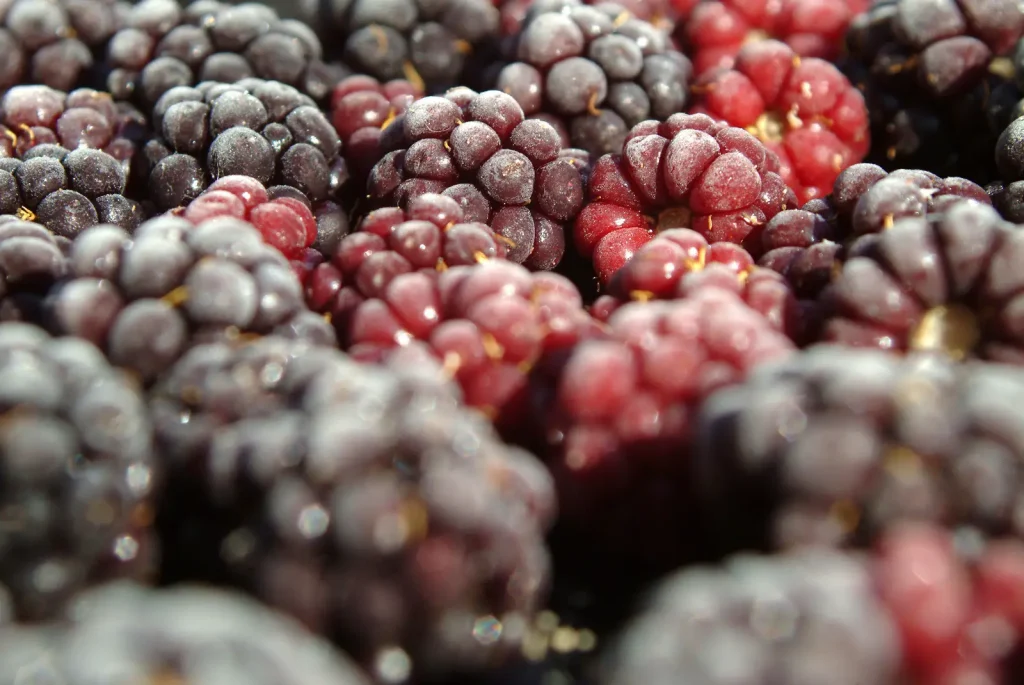
My first experience with a so-called legacy lens came during a sustained period of macro photography. I had tried close-up filters on my Nikon 28-70mm zoom but wanted to get in closer. So I bought myself an adapting ring in order to reverse attach a 50mm Zuiko from an OM20 that had been left for me by a relative, but had long been languishing in a cupboard.
I was mesmerised! Shells, flowers, insects, frozen fruit – I shot them all. Next I got a cheap manual Sirius 28mm lens in F-mount. That way I could both reverse mount for macro photography and normally mount for more traditional stuff. Loving the tactile feel, from then onward, I pretty much stuck to old manual lenses, including some low quality optics like Super Ozeck.
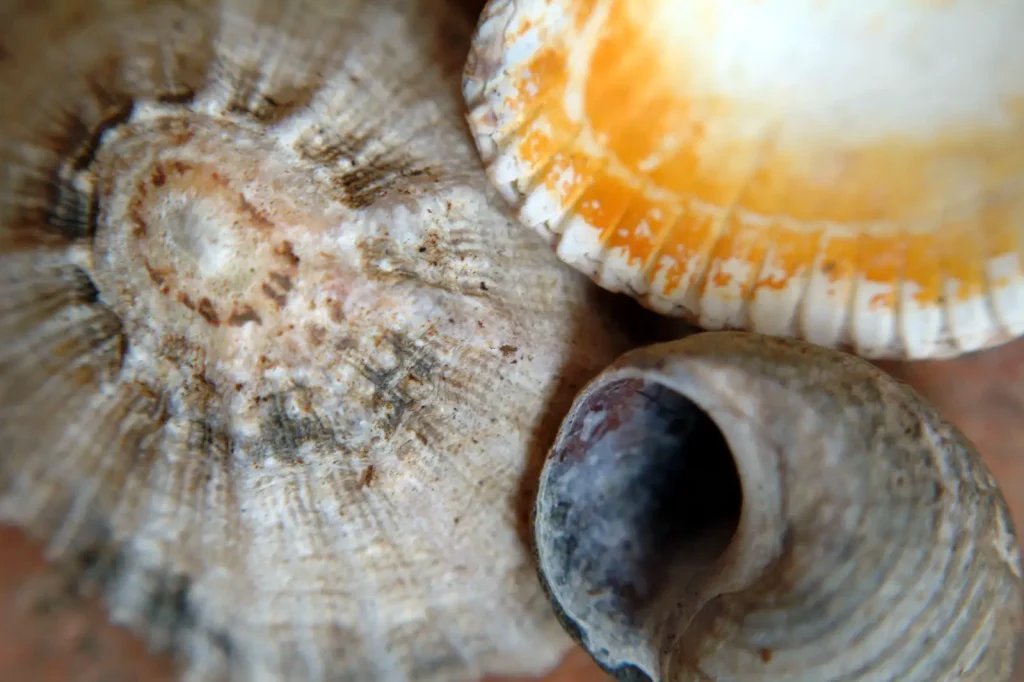
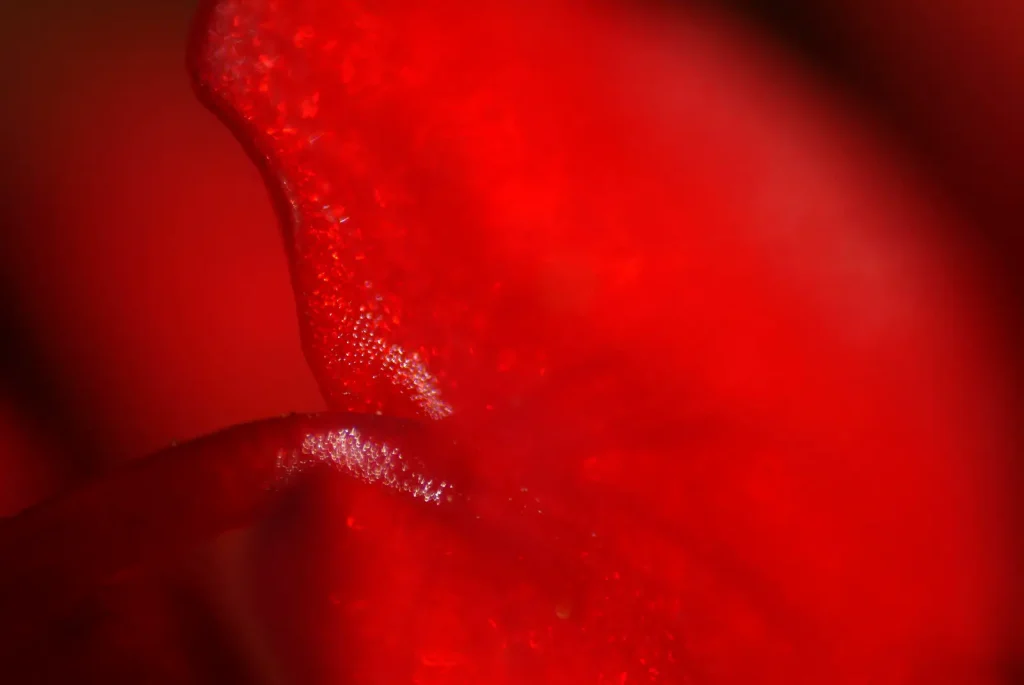
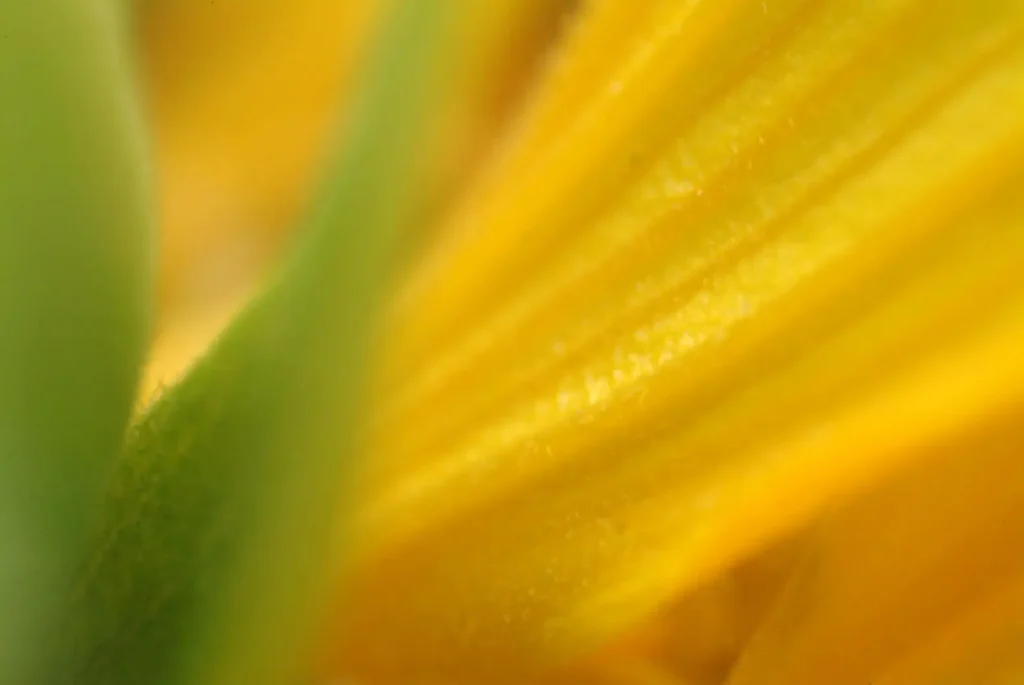
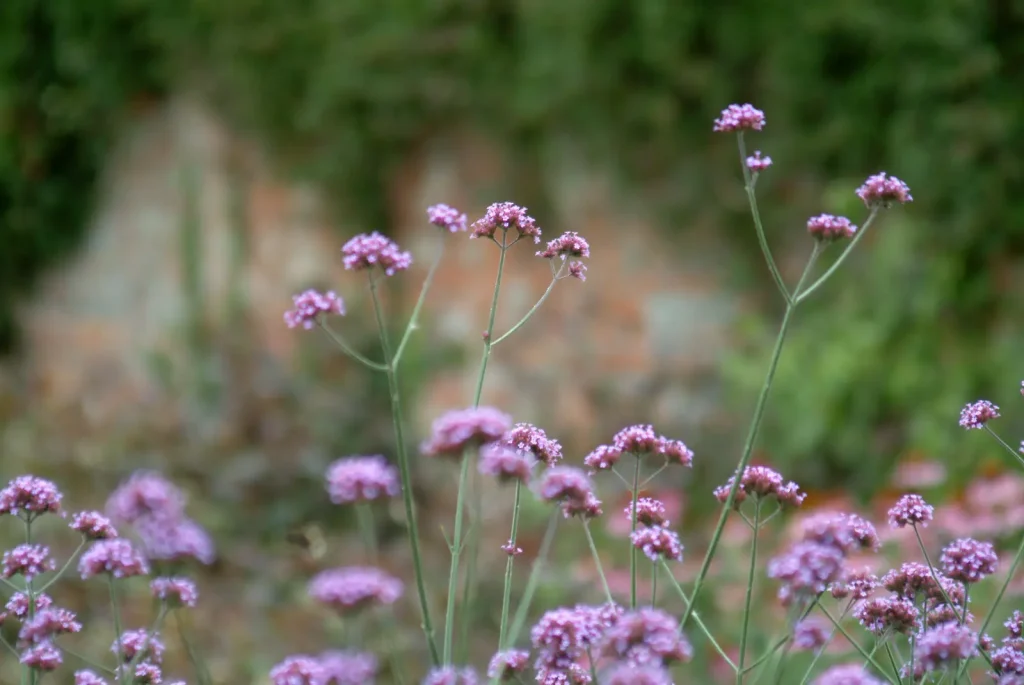
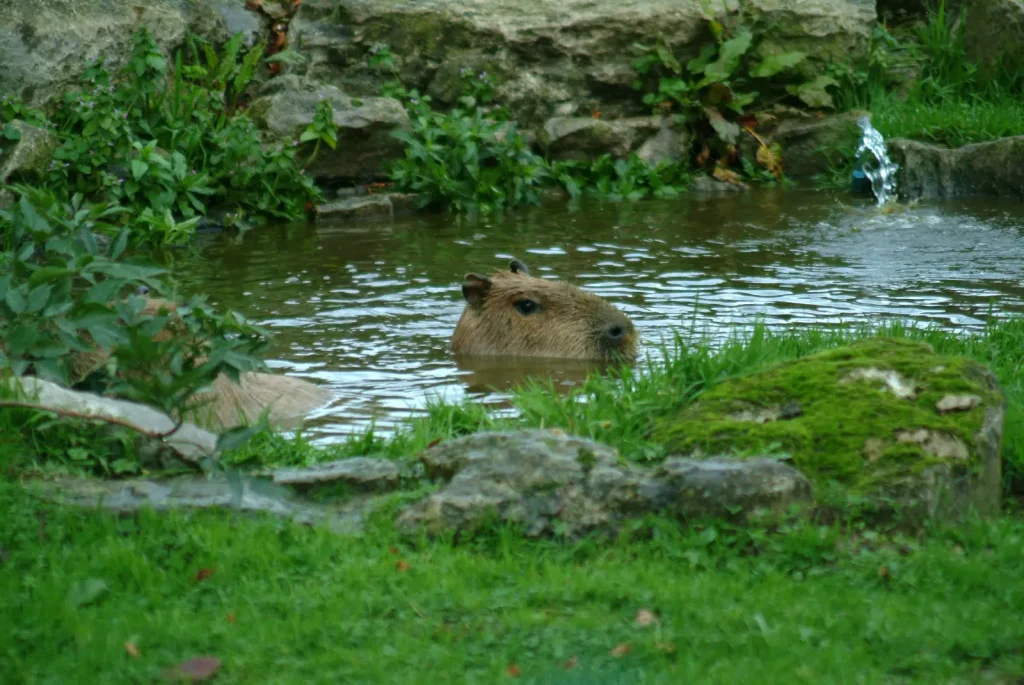
I did move onto the Evolt system for a while (a very underrated set of cameras in my opinion), which utilised the 4/3rds mount and seemed the obvious choice for adapting old OM glass. However, it didn’t always go to plan. On one occasion when I was exploring local woodland to shoot close-ups of wild flowers, a deer appeared before me. Needless to say, having a manual wide angle lens fitted with a close-up filter is not the correct set-up for such a wildlife encounter. In a panic, I fired anyway! By the time I had changed lenses, it had bolted off.
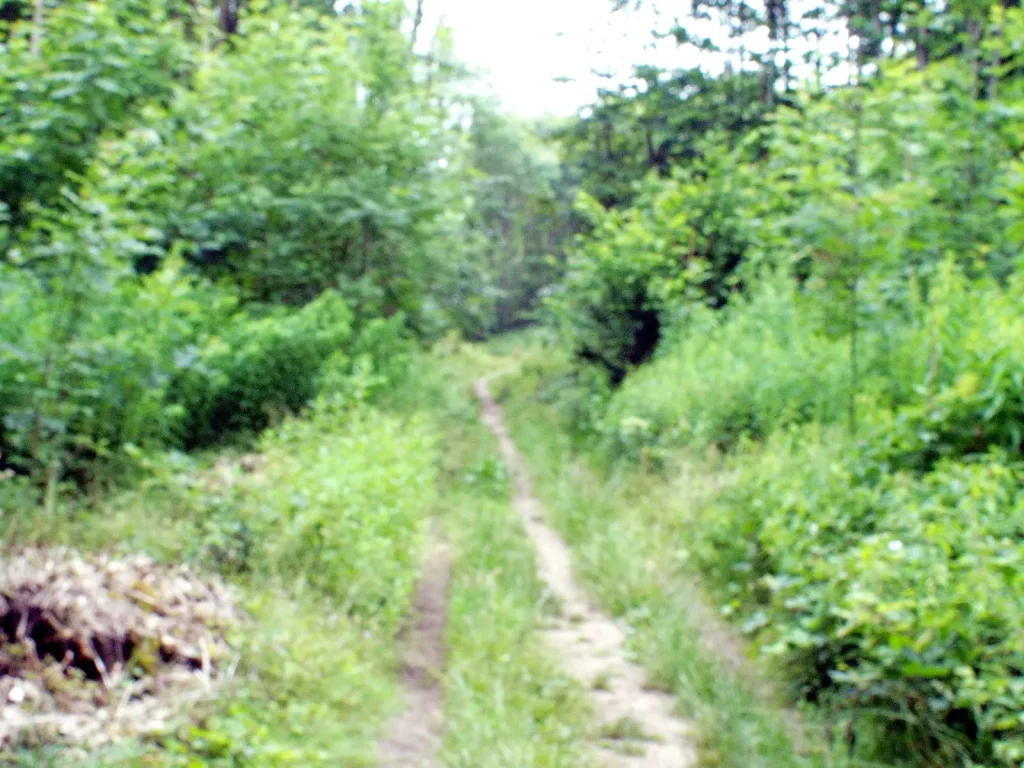
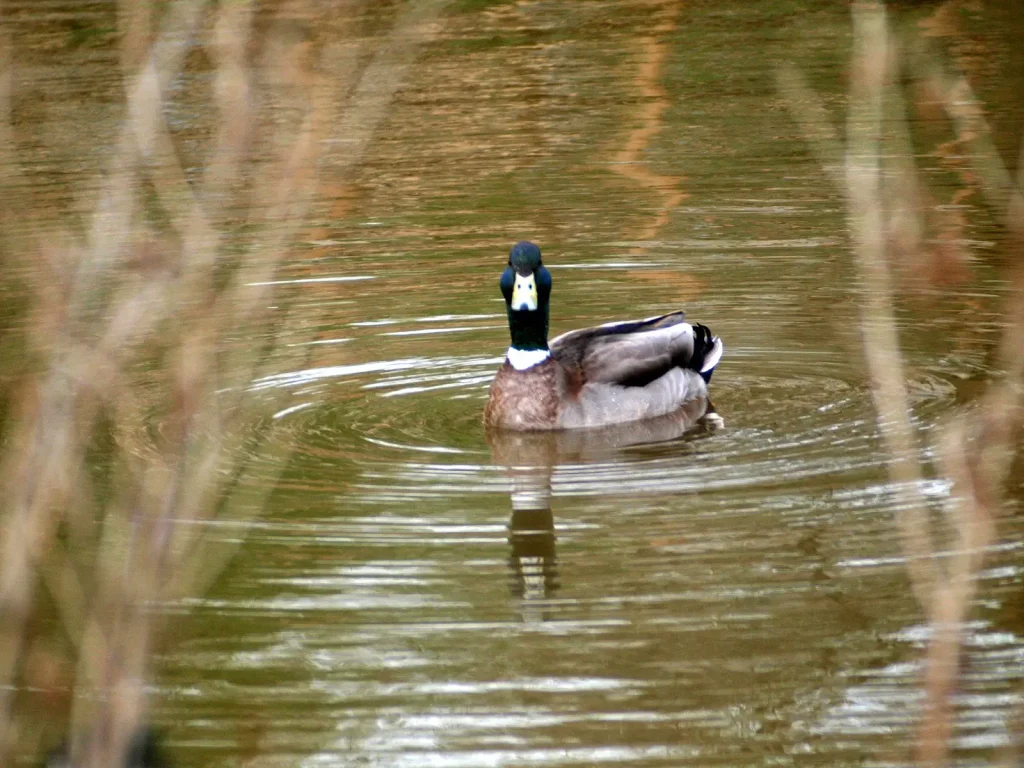
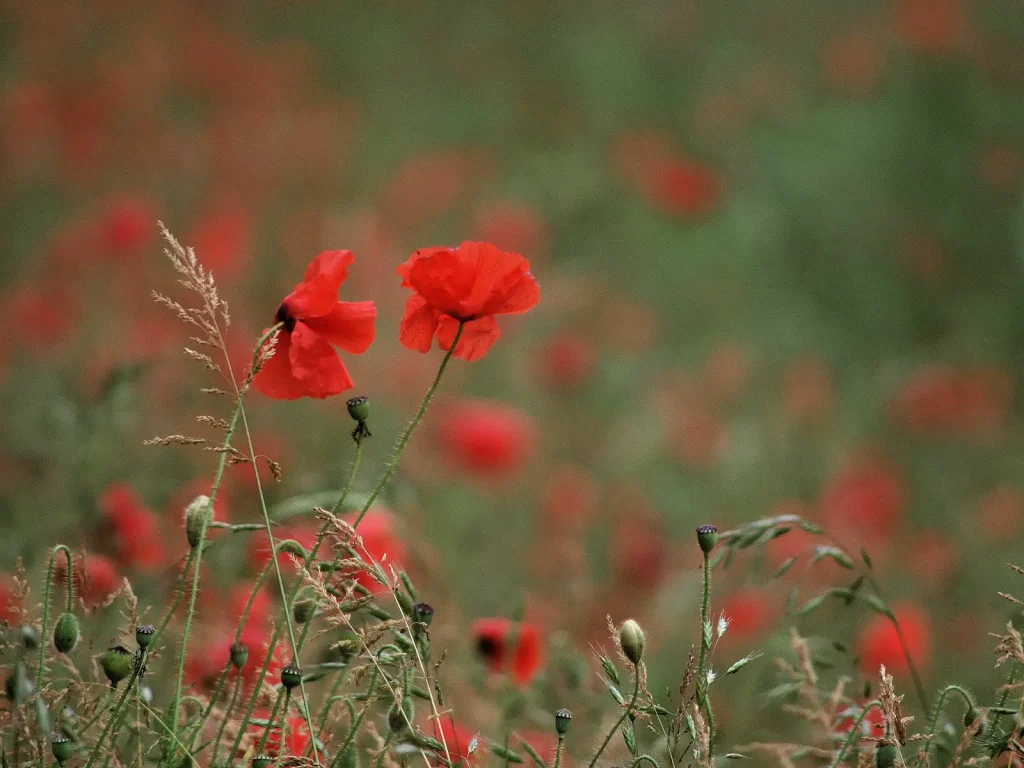
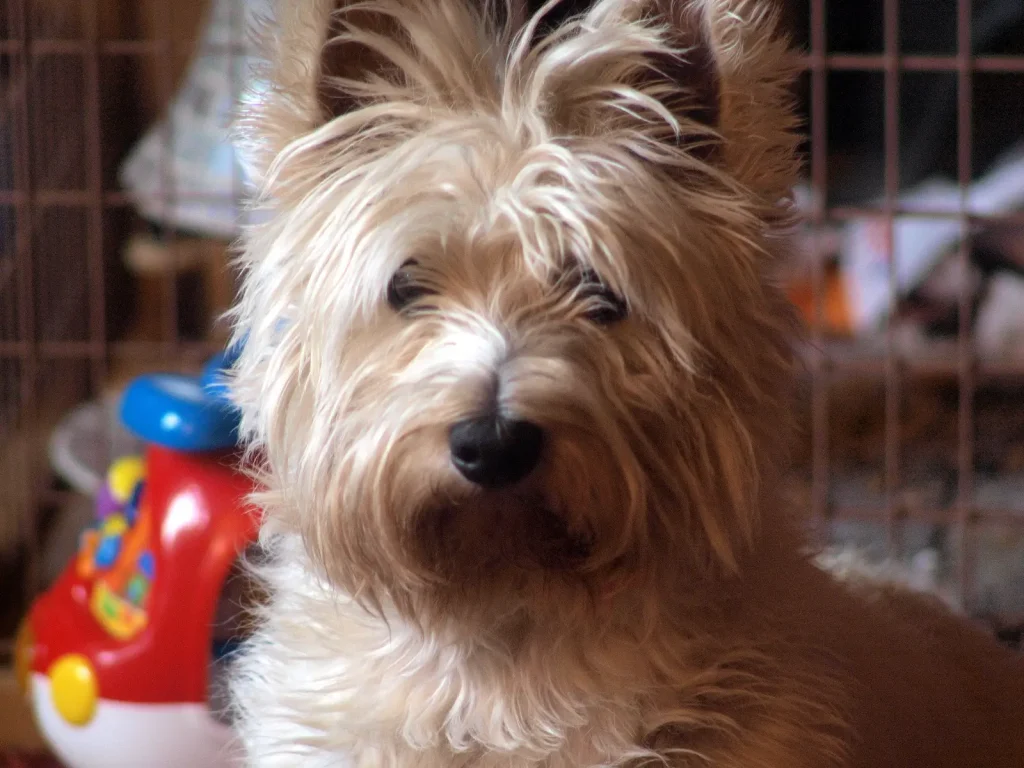
I wanted to shoot more legacy lenses. I felt this would be achieved by switching to the new Micro 4/3s mount, as its tiny flange distance means that just about every retro manual lens out there can be adapted to fit, no matter what mount. Thus, I sold off my Evolt collection and invested into the Panasonic Lumix system instead.
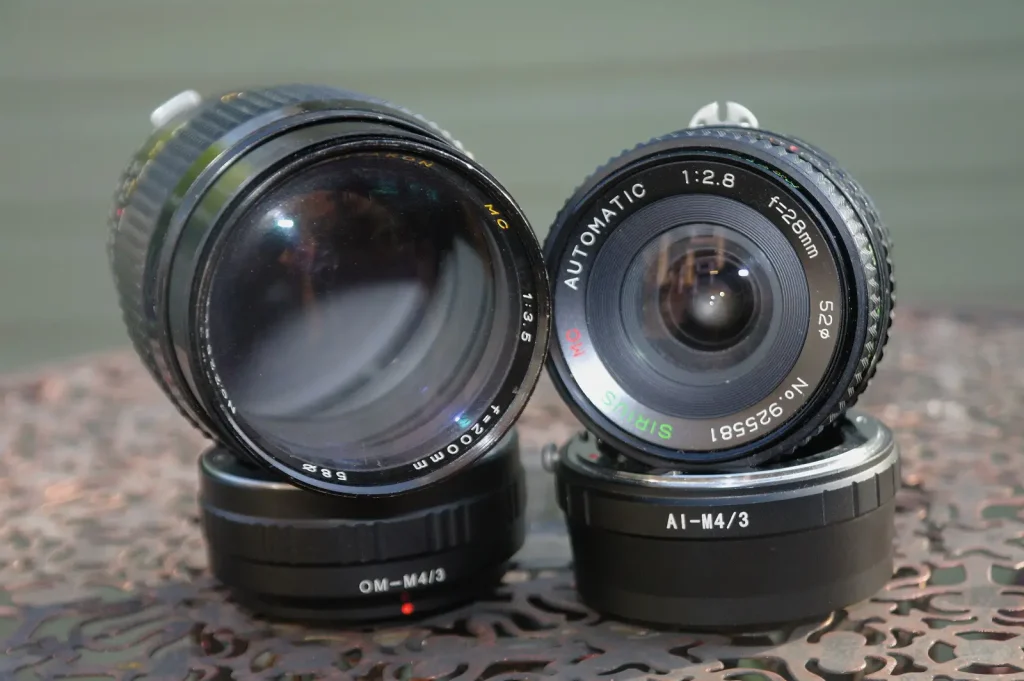
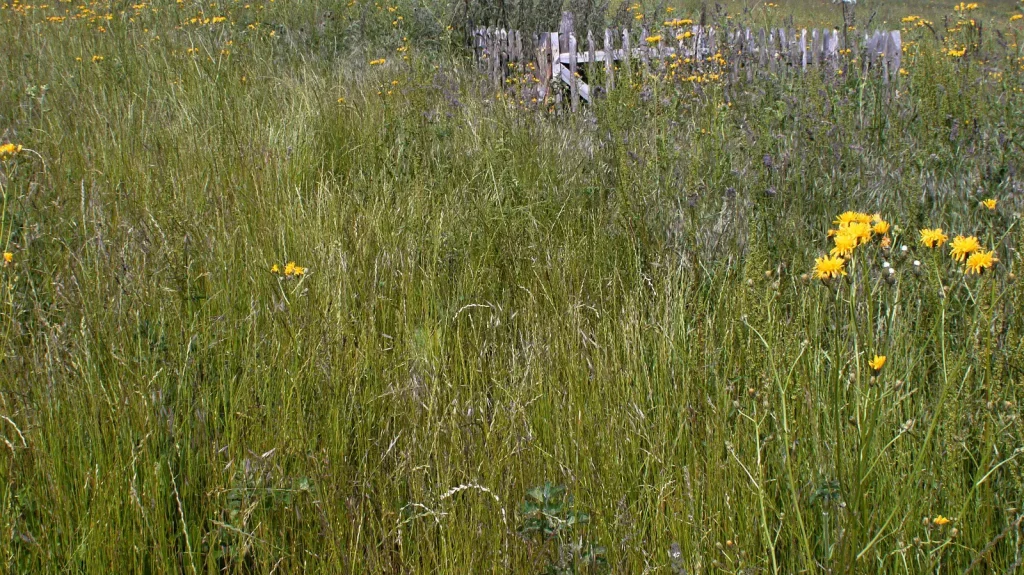
Depending on your viewpoint, with the sensor size being crop factor X2, it has the ‘advantage’ of doubling the focal length of your lenses. So, my 28mm became a standard prime, a Helios 44 now a handy portrait lens and an OM mount 200mm transformed into a fab 400. I even obtained a L39/M39 adapter to try out Soviet lenses, and a set of extension tubes to continue my experiments in close-ups – works great with an enlarger lens attached to it, I might add.
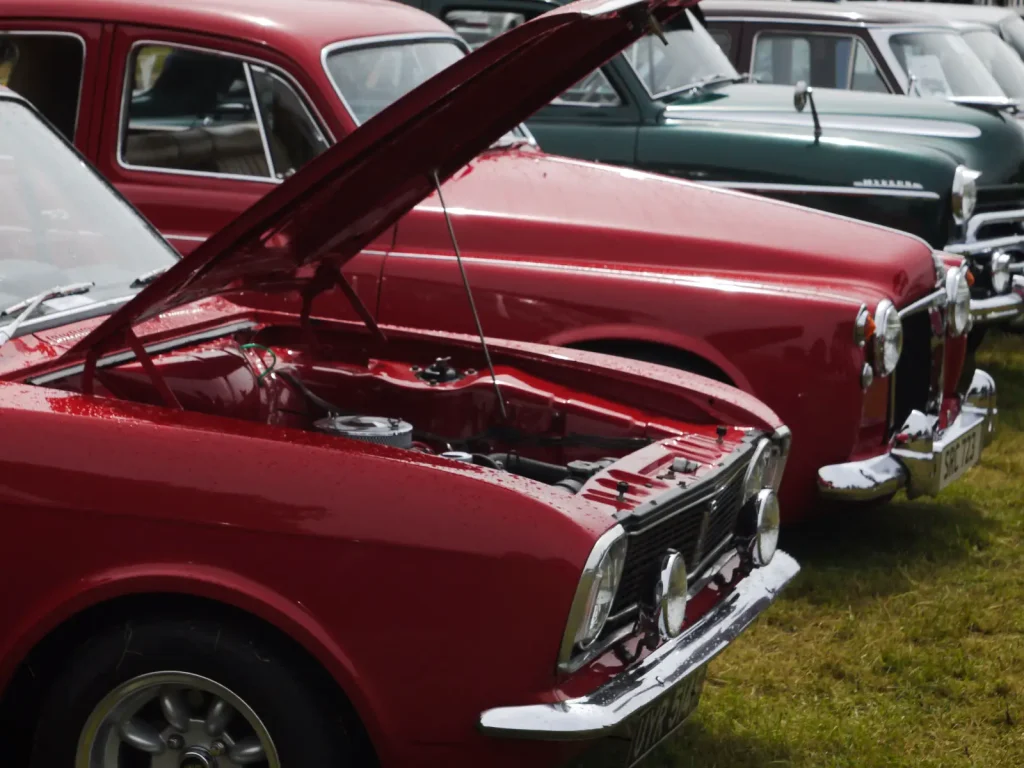
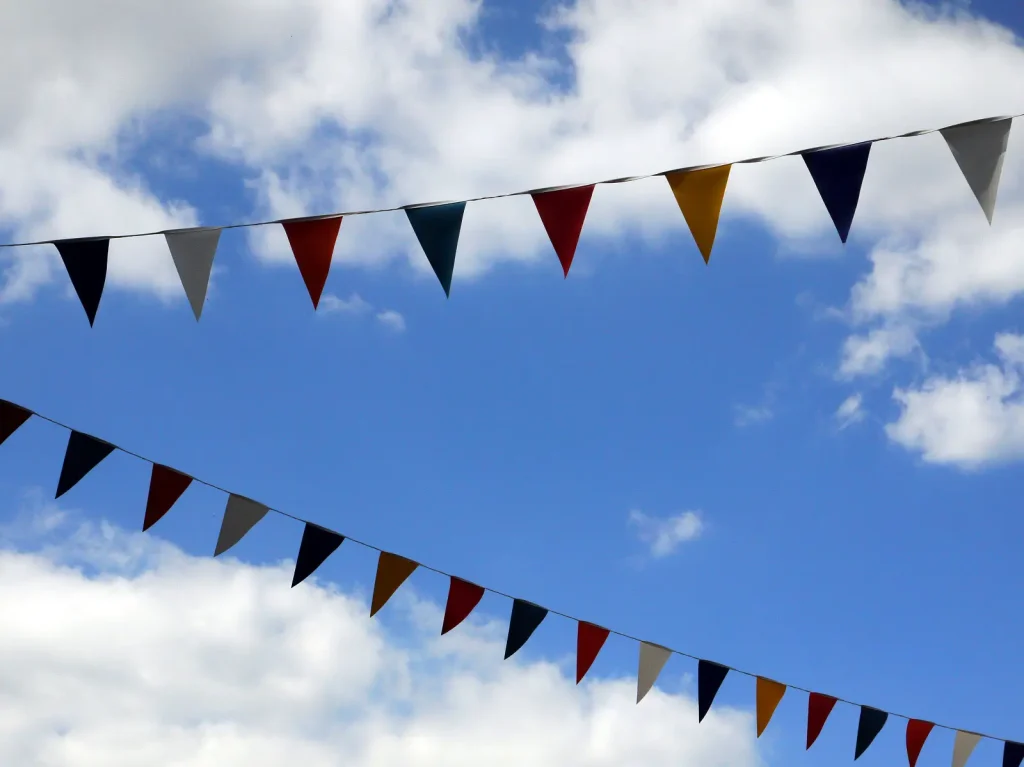
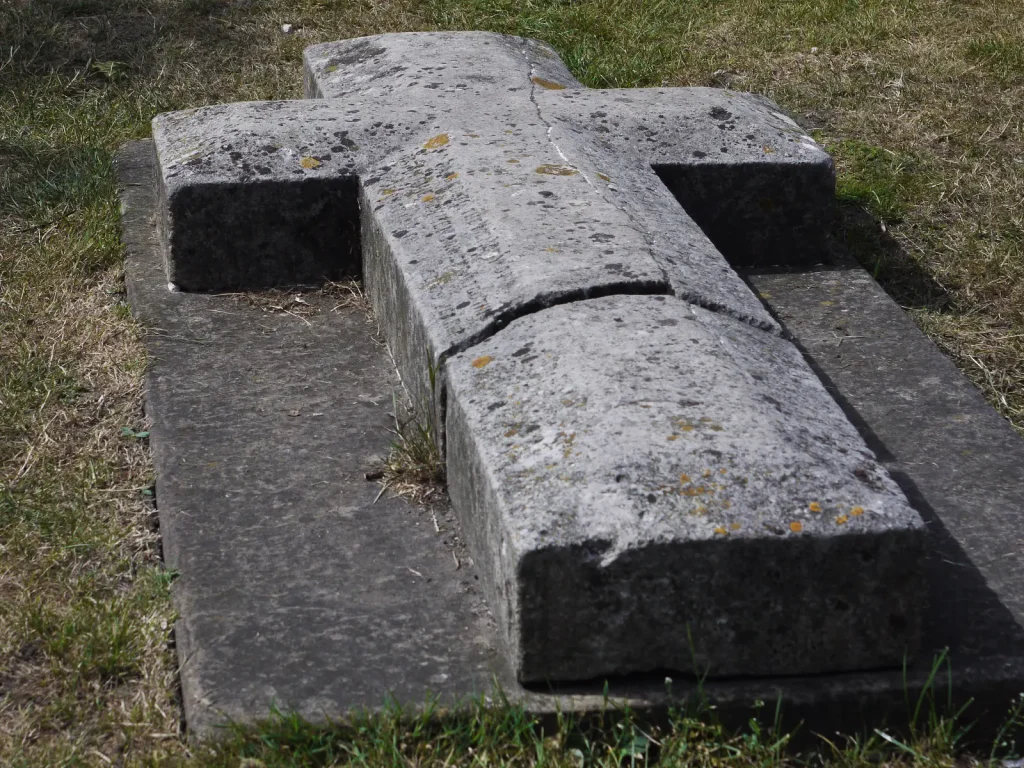
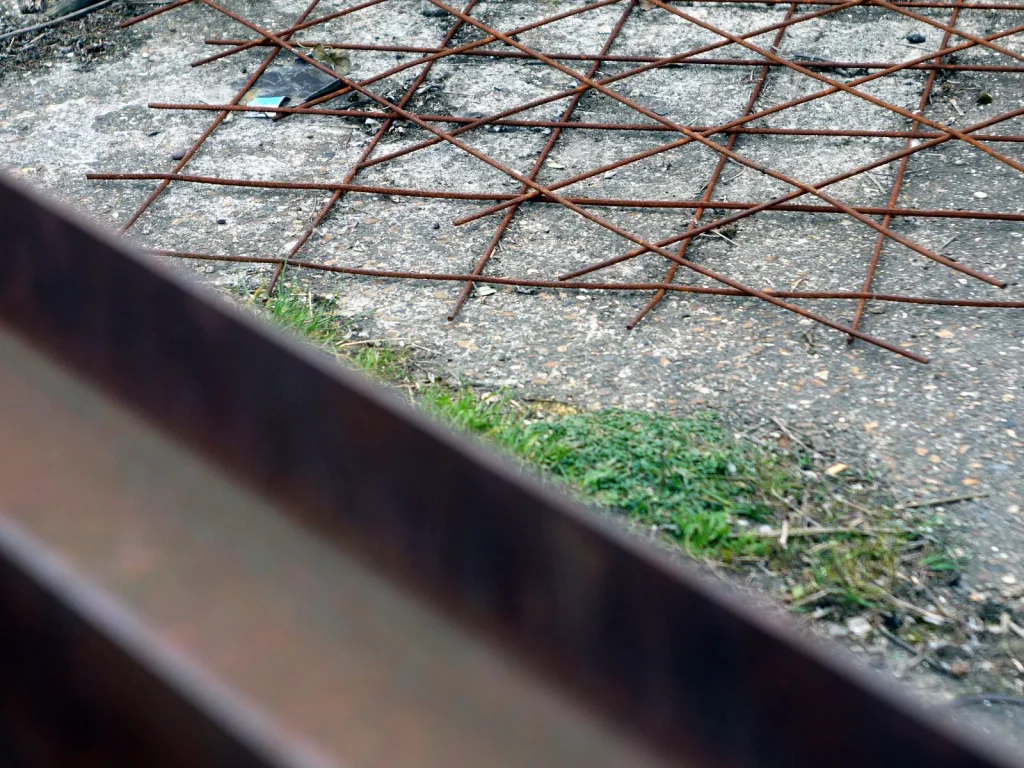
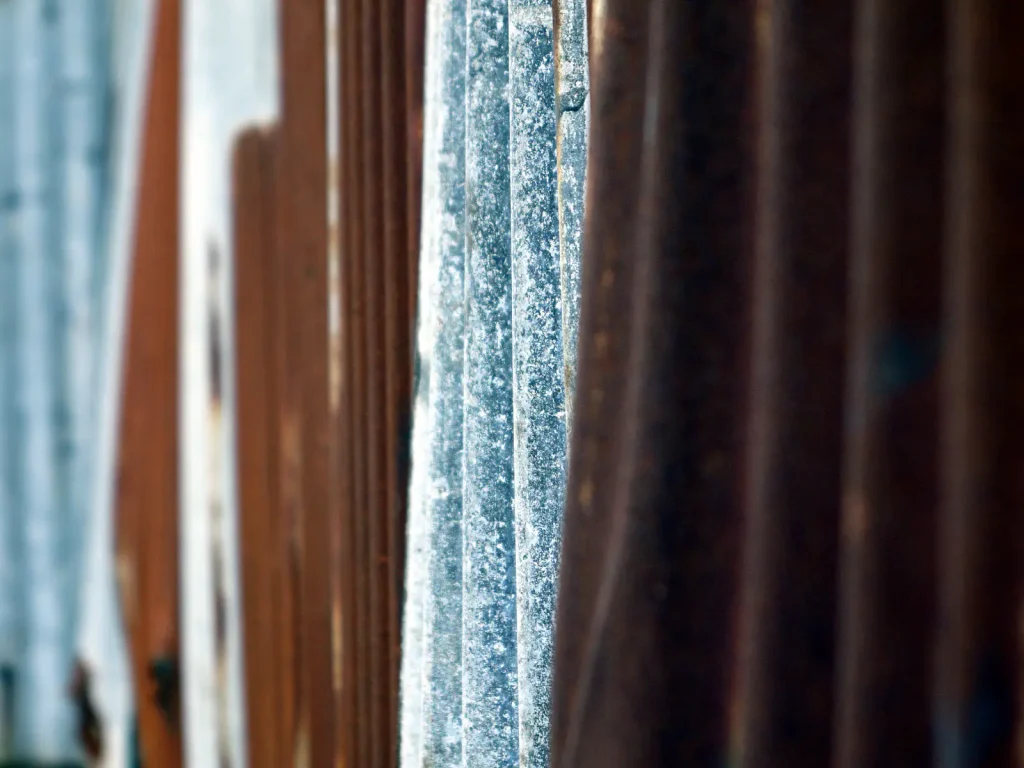
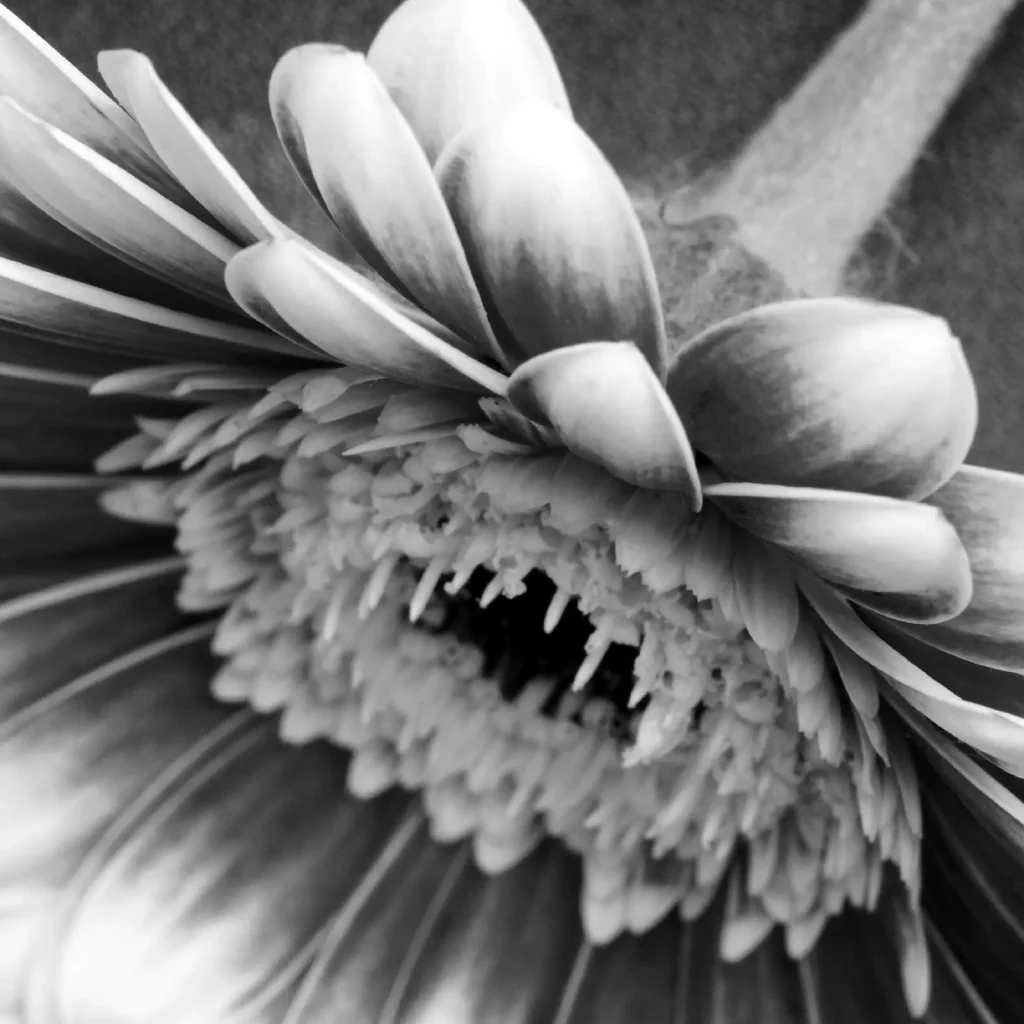
A chance encounter with three vintage cameras sitting on a boot fair table changed my outlook to photography once again. All three for a fiver! Seemed to wind on and fire. Could not resist. After all, film was making a comeback. I could have a go!
One of the cameras in particular caught my eye, all gleaming in chrome. It was from Germany and called a King Regula RM. As primarily a b/w shooter in the past, I bought some mono film and I guess I never looked back.
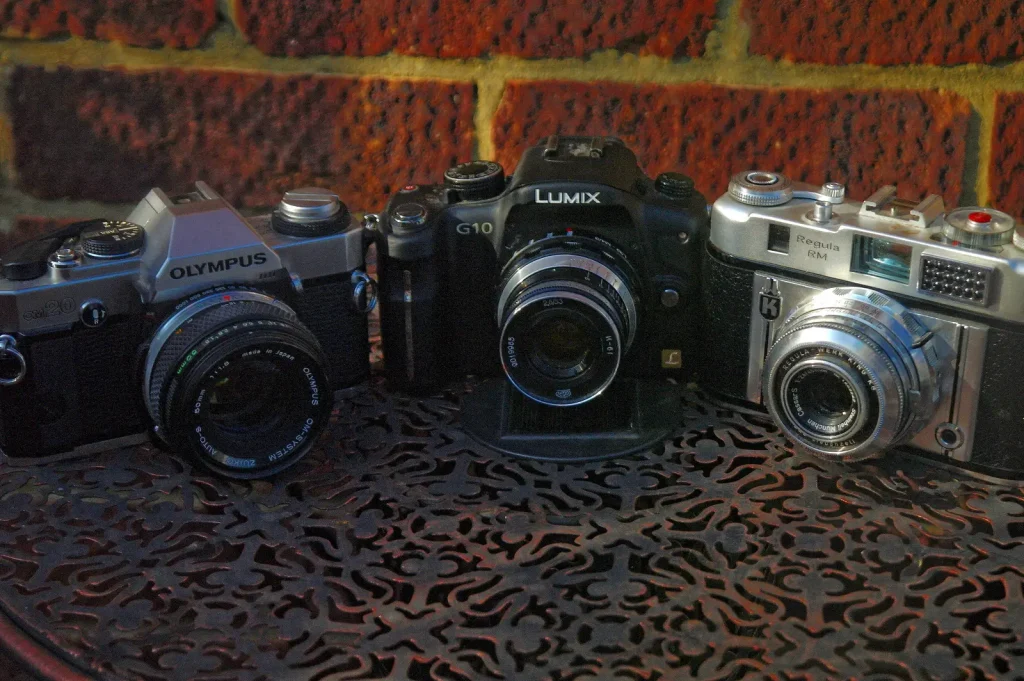
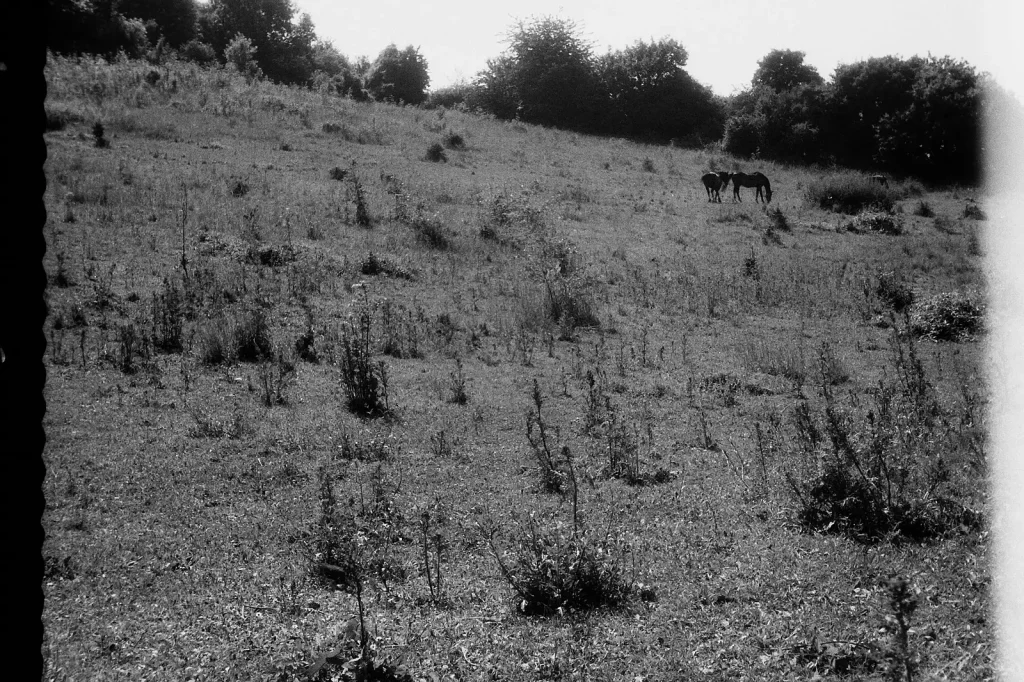
I have fond memories of my time with the S2-Pro and am thankful it brought me back to photography. Weirdly enough, I have kinda abandoned the macro world. The other set-ups seem like merely transitions back into photography and eventually towards film. A natural progression maybe? I would certainly be interested if anyone else has a similar path.
Cheers, Rock website at www.rocksreflex.com but really needs updating and also thinking of getting an Instagram account
You can find more thoughts about lenses on 35mmc here, and more lens reviews here
Share this post:
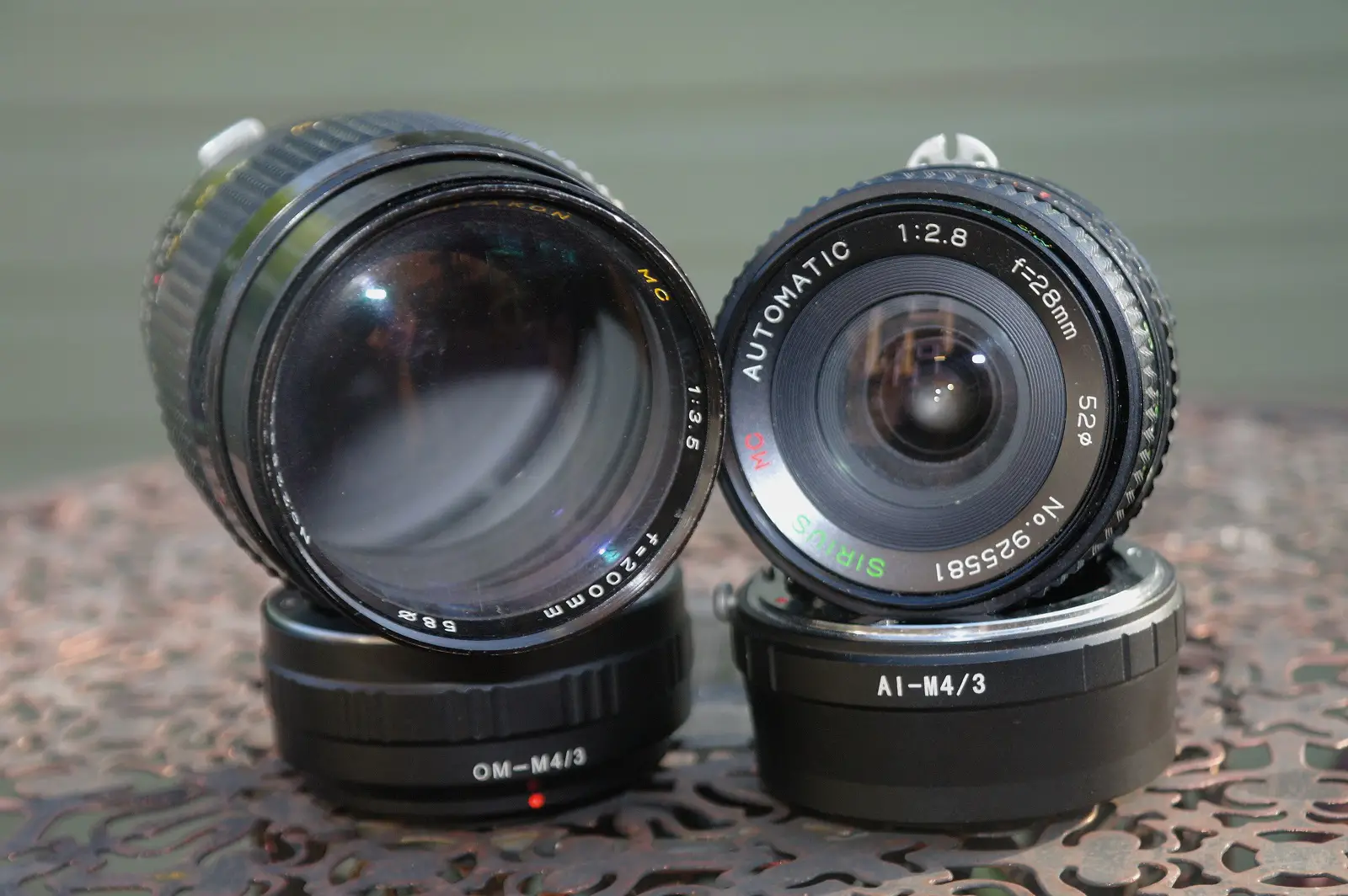








Comments
Simon Forster on A look back at a Return to Photography and Discovering Shooting Legacy Lenses – By Rock
Comment posted: 20/06/2020
eric on A look back at a Return to Photography and Discovering Shooting Legacy Lenses – By Rock
Comment posted: 20/06/2020
Comment posted: 20/06/2020
Lee on A look back at a Return to Photography and Discovering Shooting Legacy Lenses – By Rock
Comment posted: 23/06/2020
Six of my Best Freebie Cameras - Part1: The SLRs - By Rock - 35mmc on A look back at a Return to Photography and Discovering Shooting Legacy Lenses – By Rock
Comment posted: 13/08/2020